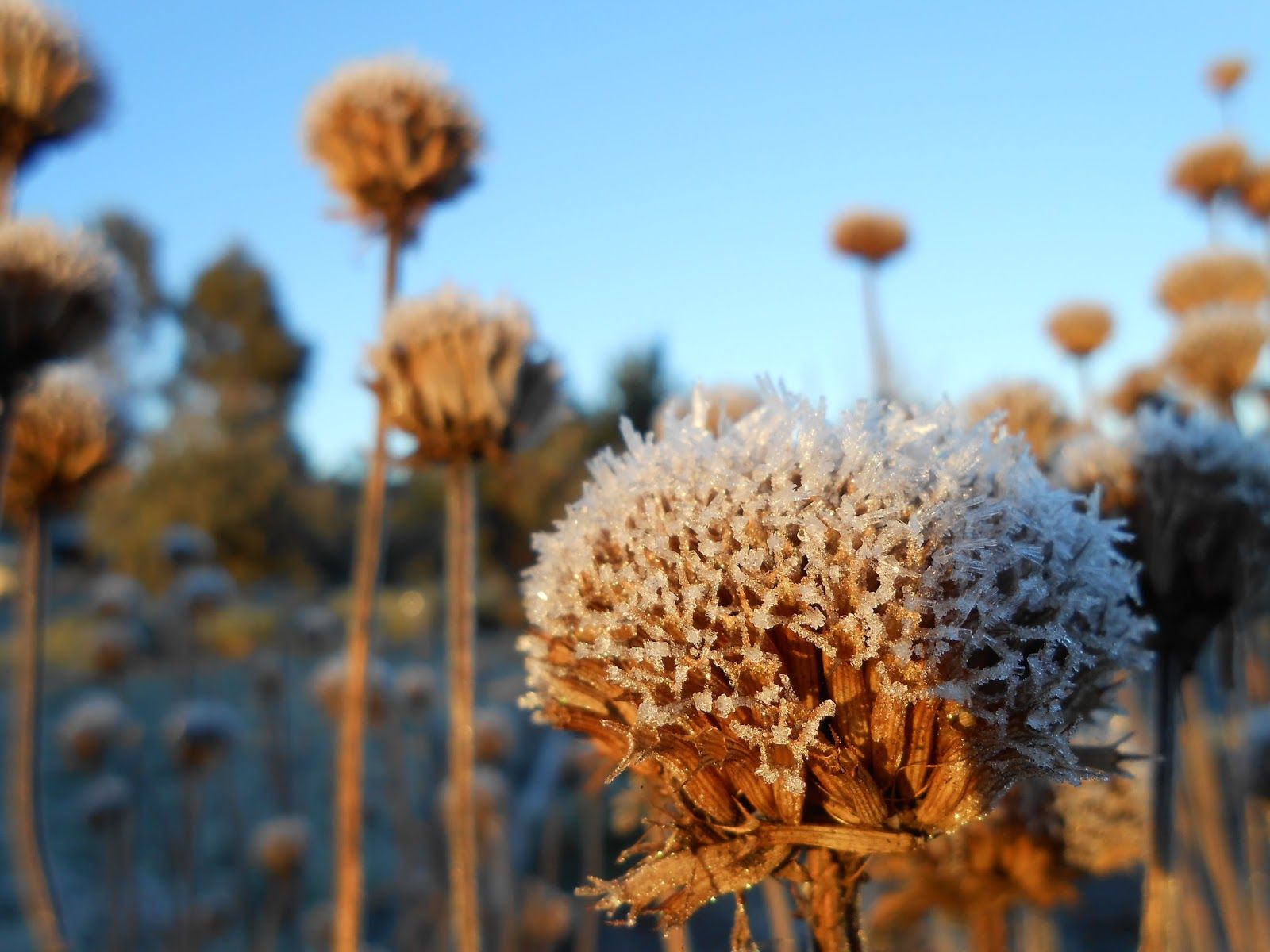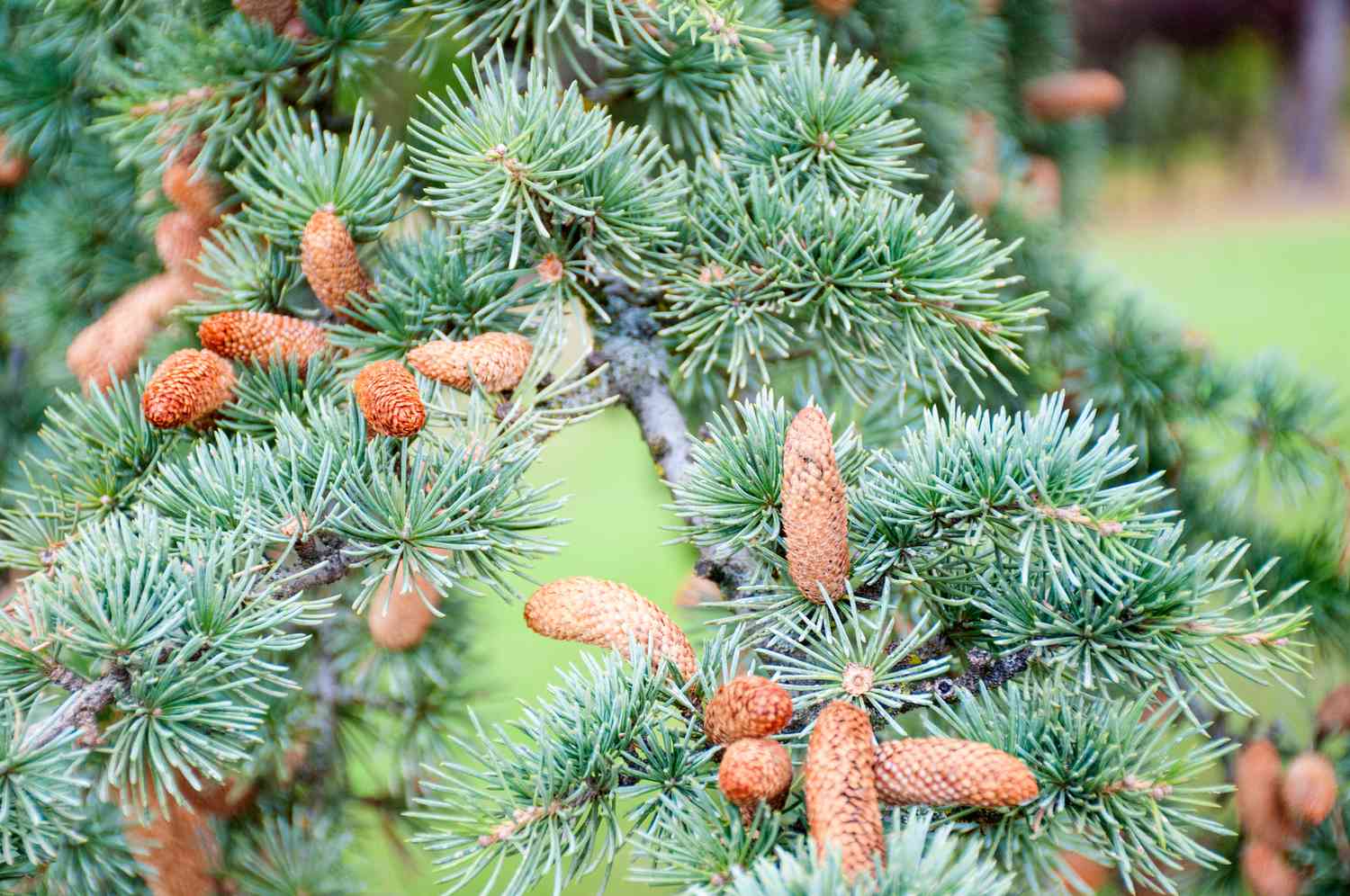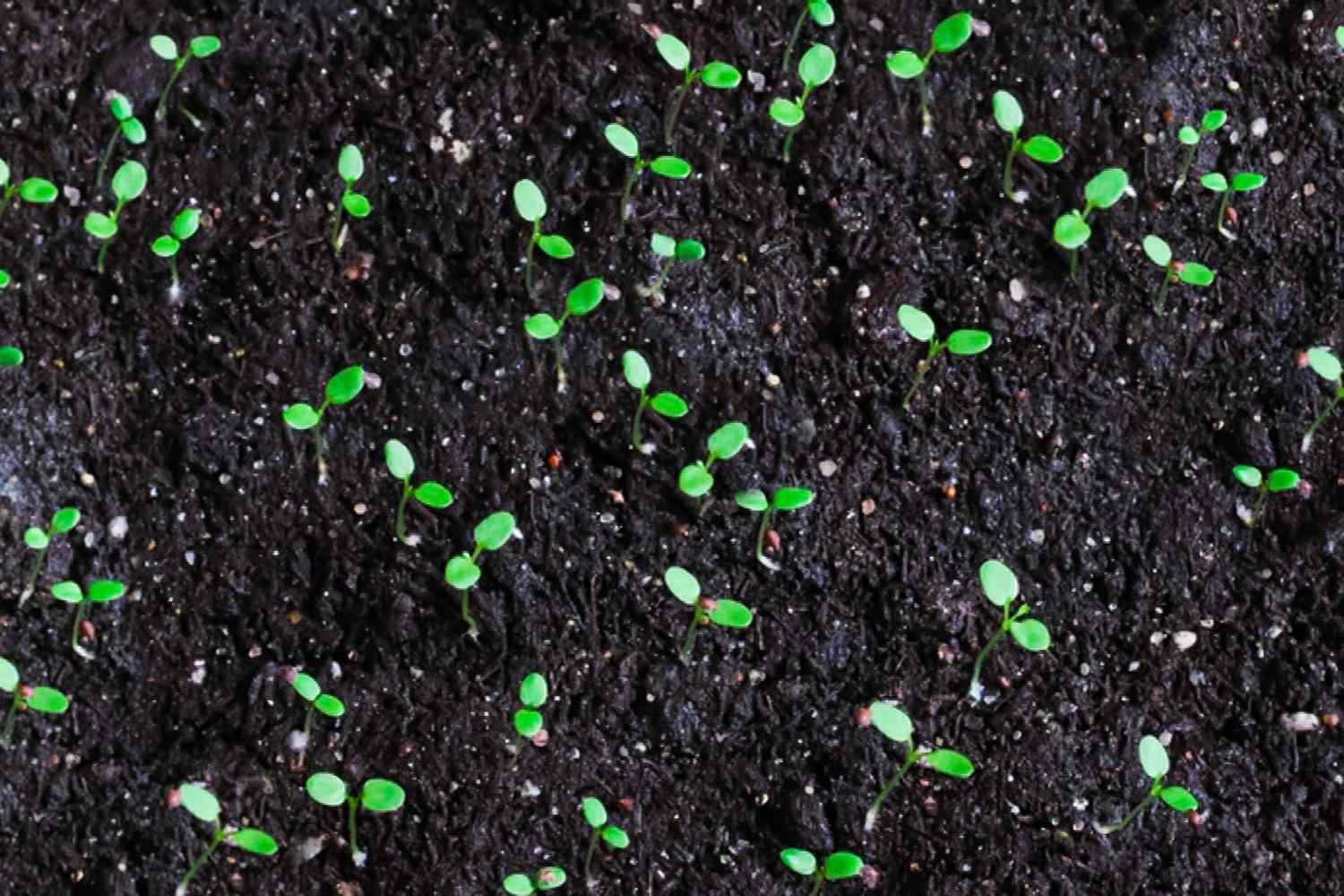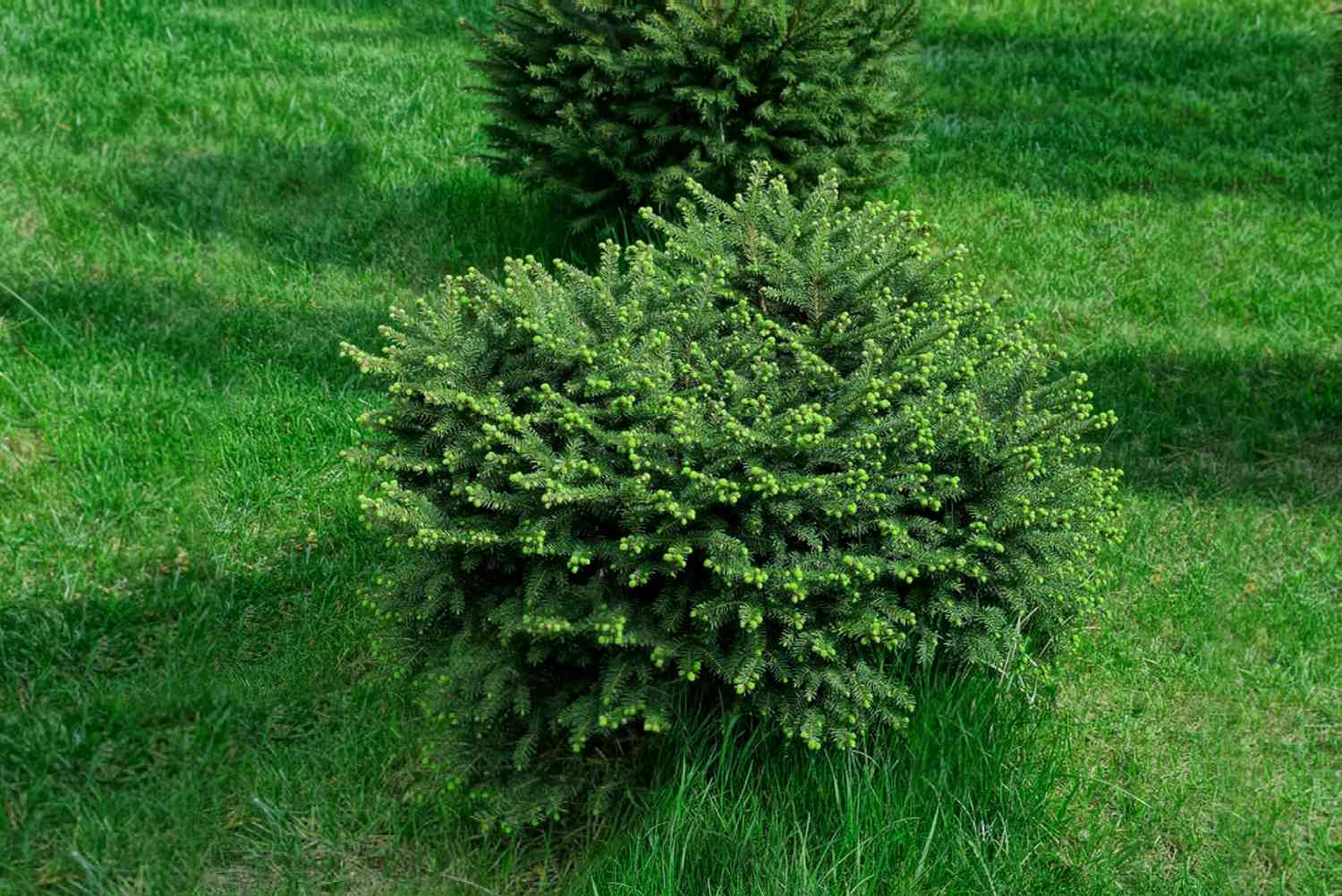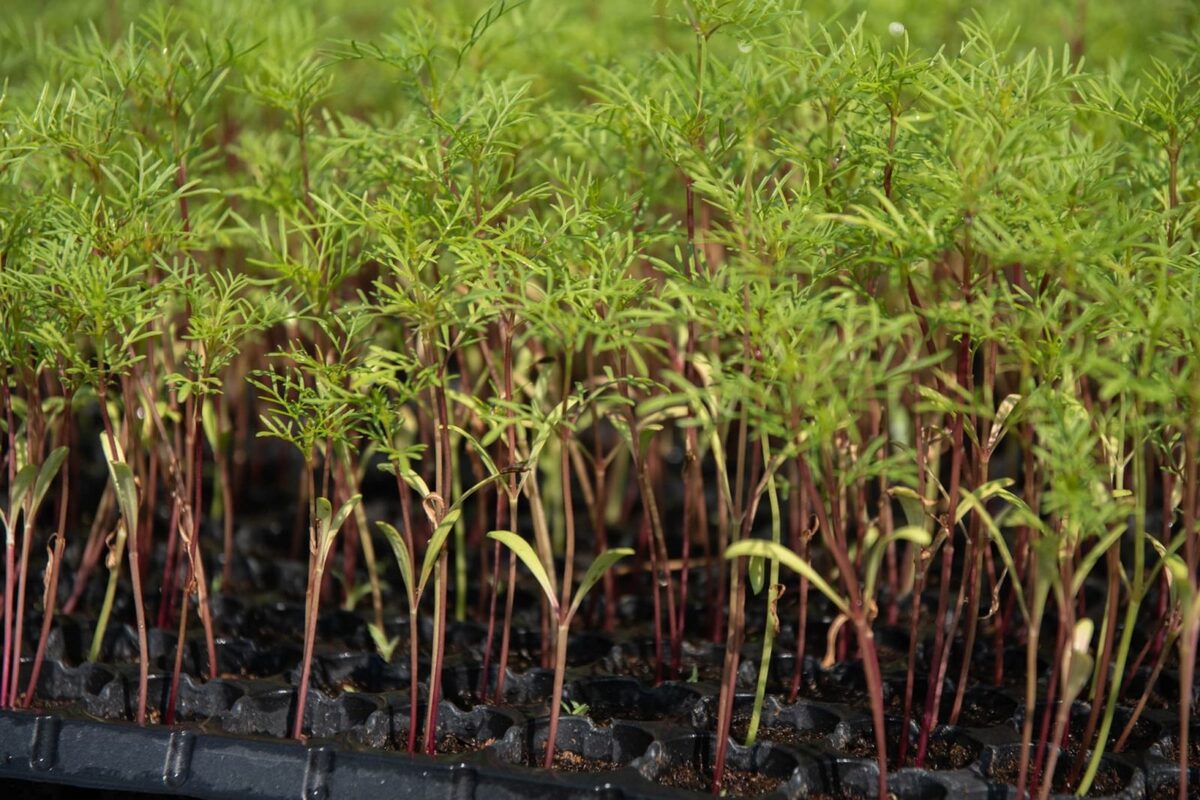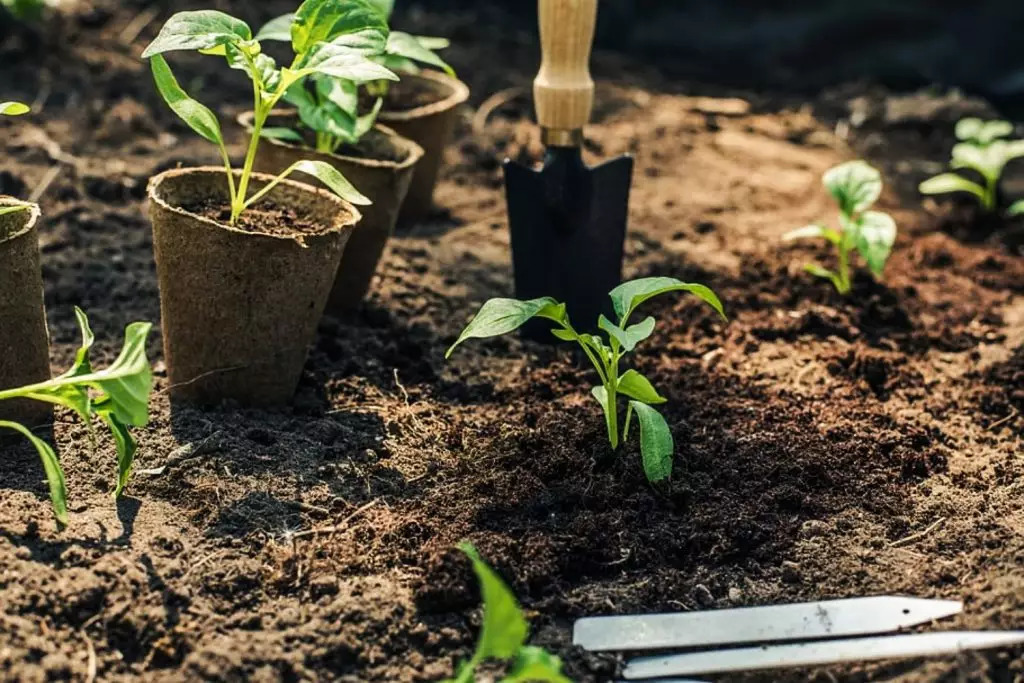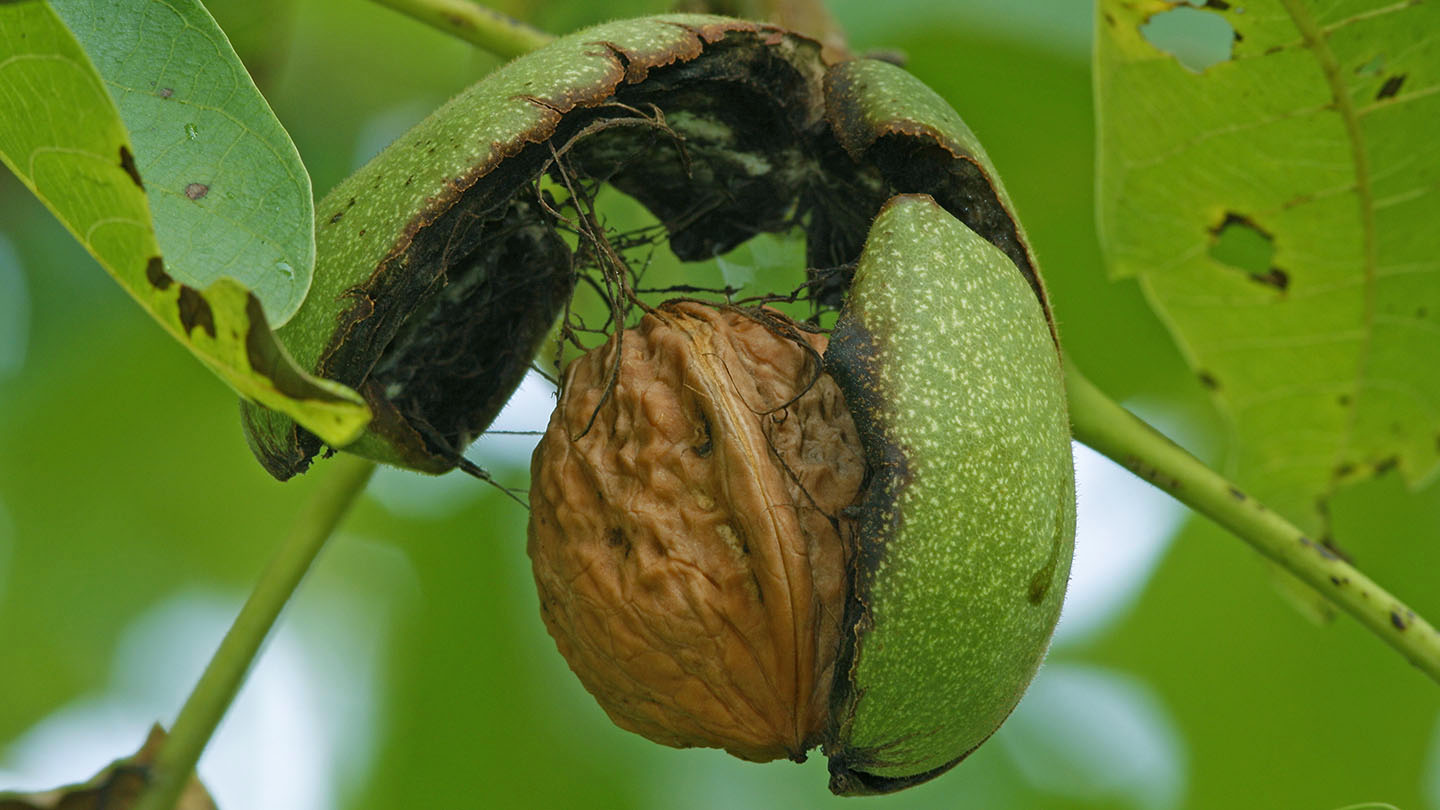Home>Types of Gardening>Edible Gardening>What Do Oregano Seeds Look Like
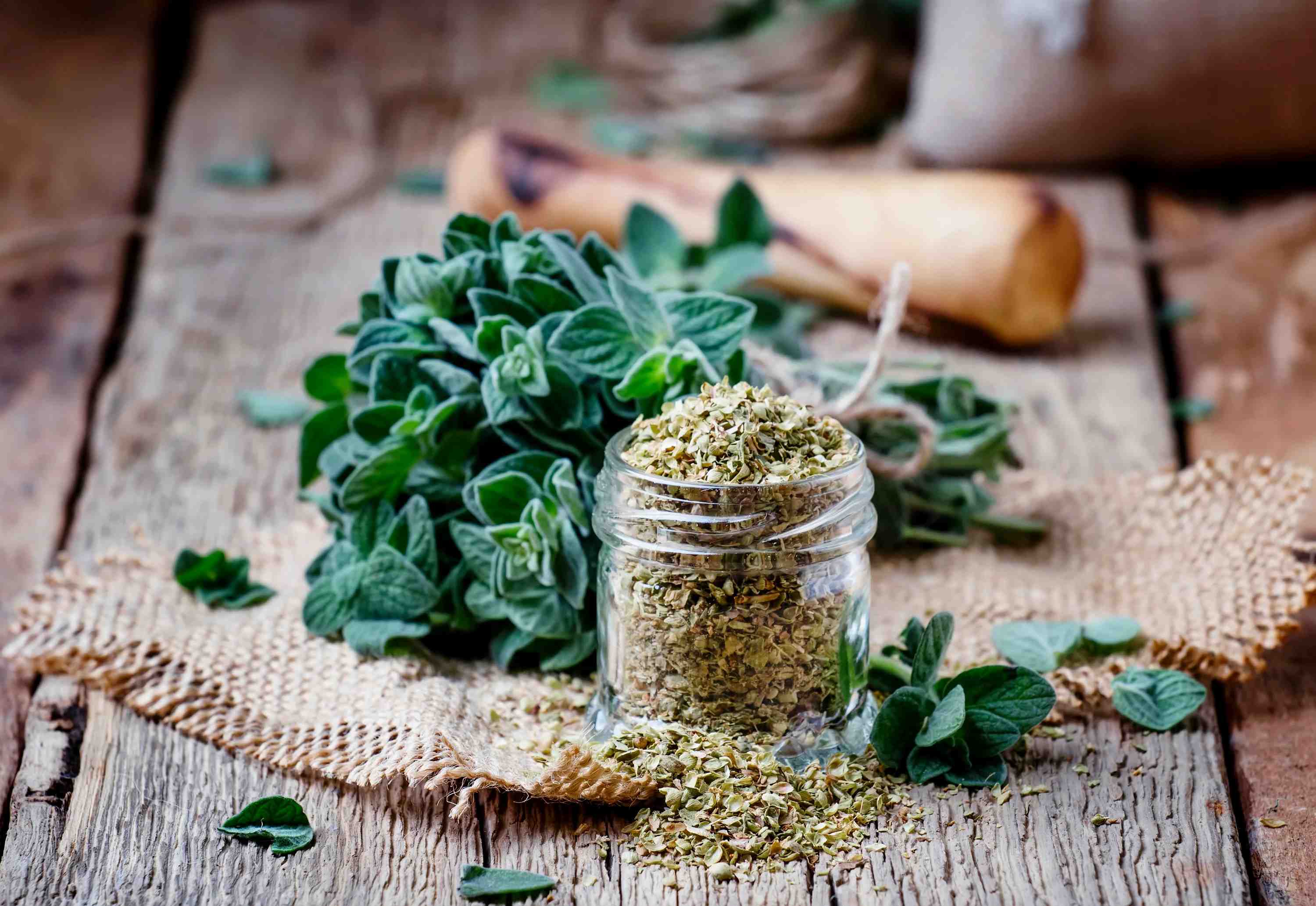

Edible Gardening
What Do Oregano Seeds Look Like
Modified: January 22, 2024
Discover what oregano seeds look like and learn the basics of edible gardening. Start growing your own herbs today!
(Many of the links in this article redirect to a specific reviewed product. Your purchase of these products through affiliate links helps to generate commission for Chicagolandgardening.com, at no extra cost. Learn more)
Table of Contents
Introduction
Welcome to the fascinating world of edible gardening! Whether you have a spacious garden or a small balcony, growing your own herbs and vegetables can be a rewarding and sustainable way to enjoy fresh produce right at your fingertips. One such versatile herb that you may want to consider growing is oregano.
Oregano, scientifically known as Origanum vulgare, is a popular herb that is widely used in culinary applications around the world. Known for its robust flavor and aromatic qualities, oregano adds a delightful zing to a wide range of dishes, from pizzas and pasta sauces to soups and roasted vegetables. But have you ever wondered what oregano seeds look like?
In this article, we will explore the appearance of oregano seeds, examining their size, shape, color, and texture. Understanding the characteristics of oregano seeds is not only interesting but can also be helpful if you plan on growing your own oregano plants from seed. So, let’s dive in and discover the intriguing world of oregano seeds!
What are Oregano Seeds?
Oregano seeds are the tiny, dormant structures that contain the genetic material needed to grow oregano plants. They are the starting point of the plant’s life cycle and hold the key to its growth and development. Oregano seeds are produced by the flowering part of the oregano plant, specifically the small flowers that bloom on the plant.
Each oregano seed is packed with the necessary nutrients and genetic information to develop into a full-fledged oregano plant. These seeds have a protective coating that shields them from external factors such as pests, diseases, and harsh weather conditions. They are designed to withstand various environmental challenges and remain viable until conditions are favorable for germination.
When oregano seeds are exposed to the right combination of moisture, temperature, and light, they initiate the process of germination. The seed absorbs water, which activates enzymes responsible for breaking down stored reserves, releasing the nutrients required for growth. As the seedling emerges from the seed coat, it develops roots, stems, and leaves, eventually developing into a mature oregano plant.
It’s important to note that oregano seeds, like many other herb seeds, have a finite lifespan. Their viability gradually diminishes over time, so it’s best to use fresh seeds for optimal germination rates. However, if stored properly in cool and dry conditions, oregano seeds can remain viable for several years.
Now that we have a basic understanding of what oregano seeds are, let’s explore their appearance in more detail to gain a clearer picture of what they look like.
Appearance of Oregano Seeds
Oregano seeds may be small in size, but they are packed with intricate details that make them truly fascinating. Let’s delve into the different aspects of their appearance.
Size and Shape: Oregano seeds are incredibly tiny, measuring about 1 to 2 millimeters in diameter. They are oval-shaped, resembling miniature footballs or tiny teardrops. Due to their small size, they can be a little challenging to handle, but their diminutive stature belies their potential for growth.
Color: Oregano seeds typically have a dark brown or black color, which can vary slightly depending on the variety of oregano. The dark hue not only adds visual interest but also contributes to the protective properties of the seed coat, helping to shield the delicate embryo inside.
Texture: The surface of oregano seeds is usually smooth and shiny. When held between your fingers, they have a firm and slightly hard texture. This outer coating provides protection to the seed and helps prevent moisture loss, ensuring the seed remains viable until the conditions for germination are met.
Pattern: While oregano seeds may appear uniformly dark in color, upon closer inspection, you may notice subtle variations and patterns on their surface. These can range from fine lines or striations to tiny bumps or indentations. These patterns are unique to each seed and add to the overall charm of oregano seeds.
Aroma: Though it may not relate directly to their visual appearance, oregano seeds possess a delightful scent, reminiscent of the herb itself. When you rub the seeds gently between your fingers, you’ll release the aromatic oils, offering a preview of the flavorful potential these tiny seeds hold.
With their small size, dark color, and intricate details, oregano seeds may seem unassuming at first glance. However, these little seeds contain the promise of an entire oregano plant, ready to enhance your culinary creations with its distinct flavor and aroma.
Size and Shape of Oregano Seeds
The size and shape of oregano seeds play a crucial role in their dispersal and germination. Let’s explore these characteristics in more detail.
Size: Oregano seeds are incredibly small, measuring only about 1 to 2 millimeters in diameter. Their minute size allows for easy transportation and dispersal by natural means, such as wind, insects, or animals. Despite their small stature, these seeds contain all the essential genetic material needed to develop into a mature oregano plant.
Shape: Oregano seeds are oval-shaped, resembling miniature footballs or tiny teardrops. This shape allows them to fit snugly within the protective seed coat. The rounded edges of the seeds contribute to their smooth and streamlined appearance, making them easy to handle and sow.
The small size and distinct shape of oregano seeds make them ideal for efficient dispersal and germination. They can be carried by even the slightest breeze or attach themselves to the fur or feathers of animals, aiding in their distribution to new areas.
When it comes to sowing oregano seeds, their size and shape can pose a slight challenge. Due to their tiny dimensions, it’s important to handle them with care to avoid loss or uneven distribution. Many gardeners prefer to mix oregano seeds with a carrier substance, such as fine sand or vermiculite, to improve their visibility and ensure a more even distribution when sowing.
Despite their small size, oregano seeds hold infinite potential for the growth of vibrant and aromatic oregano plants. The careful handling and proper sowing of these diminutive seeds can lead to a bountiful harvest of fresh oregano leaves to elevate the flavor of your culinary creations.
Color of Oregano Seeds
The color of oregano seeds is an intriguing aspect that adds visual interest to these tiny, but mighty, seeds. Let’s explore the various shades and hues that oregano seeds can exhibit.
Oregano seeds typically have a dark brown or black color, which can vary slightly depending on the variety of oregano. This dark coloration is primarily due to the presence of pigments called melanins, which are responsible for darkening the seed coat.
The dark color of oregano seeds serves multiple purposes. Firstly, it acts as a protective mechanism, shielding the delicate embryo inside from excessive sunlight and preventing damage caused by UV radiation. This protection ensures that the seed remains viable until conditions for germination are favorable.
Secondly, the dark coloration of the seed coat helps retain heat, promoting faster germination and seedling growth. When exposed to sunlight or warm soil, the dark surface of the seed absorbs heat, creating a conducive environment for seed activation and sprouting.
It’s worth noting that while most oregano seeds have a dark brown or black color, there can be slight variations or undertones present. Some seeds may have a deep mahogany hue, while others may appear almost jet black. These natural color variations add to the allure and uniqueness of each seed.
When handling oregano seeds, you may marvel at the contrast between their dark exterior and the lighter, paler shades of the surrounding soil or seed-starting mix. This contrast can be visually captivating and serves as a reminder of the potential concealed within these small seeds.
As you sow oregano seeds and witness their transformation into vibrant plants, the dark color gives way to the lush green foliage that defines oregano. It’s a beautiful reminder of the journey from seed to plant and the importance of these color cues in the life cycle of oregano.
Overall, the dark brown or black color of oregano seeds not only provides protection and aids in germination but also adds an element of intrigue and beauty to these tiny seeds.
Texture of Oregano Seeds
The texture of oregano seeds is an interesting characteristic that can be appreciated through touch and feel. Let’s explore the texture of these tiny seeds and the role it plays in their survival and germination.
When held between your fingers, oregano seeds have a firm and slightly hard texture. The surface of the seeds is smooth and often shiny, adding to their visual appeal. This texture is primarily due to the protective seed coat that surrounds the embryo inside.
The seed coat acts as a barrier, providing a layer of protection against external factors such as pests, diseases, and environmental conditions. It helps prevent moisture loss from the seed and ensures that the delicate embryo remains dormant until conditions are favorable for germination.
The smooth and shiny texture of oregano seeds also aids in their dispersal. This allows them to glide easily over surfaces or get picked up by animals, assisting in their journey to new areas where they can potentially grow into mature plants.
While the overall texture of oregano seeds is relatively consistent, you might notice slight variations or indentations on the surface. These irregularities contribute to the uniqueness of each seed and add to their charm.
It is interesting to note that when gently rubbed between your fingers, oregano seeds release a delightful aroma. The aromatic oils present in the seeds are responsible for the characteristic scent associated with oregano. This sensory experience further enhances the appreciation of the texture of oregano seeds.
When sowing oregano seeds, it’s important to consider their texture to ensure proper planting and germination. Unlike some other seeds that require scarification or stratification to break their dormancy, oregano seeds generally have a relatively thin and permeable seed coat. This means they do not require any special treatment before sowing. Nonetheless, their smooth texture makes them easier to handle and sow evenly.
The texture of oregano seeds not only protects them and aids in their dispersal but also adds to the overall sensory experience of handling these tiny beings. Appreciating the texture of oregano seeds can deepen your connection with the plant and create a greater appreciation for the wonders of nature.
Conclusion
Exploring the appearance of oregano seeds gives us a glimpse into the fascinating world of these tiny powerhouses of life. From their small size and oval shape to their dark brown or black color, each seed holds the potential to grow into a vibrant oregano plant. The smooth and shiny texture of the seed coat not only adds to their visual appeal but also provides a protective layer, ensuring the viability of the seed until conditions are favorable for germination.
Understanding the characteristics of oregano seeds is useful for those embarking on the journey of growing their own oregano plants. Whether you are starting from seed or purchasing seedlings, knowing what to expect can enhance your gardening experience and increase your chances of success.
By appreciating the size, shape, color, and texture of oregano seeds, you can gain a deeper connection with the plant and a greater appreciation for the natural wonders of the edible garden. Their unique attributes add to the overall excitement and anticipation of the growth and development of oregano plants.
So, the next time you come across oregano seeds, take a moment to marvel at their intricate details. Contemplate the potential they hold within their small frames and imagine the flavorful and aromatic oregano plants they can become. Embrace the journey from seed to plant and enjoy the bountiful harvest of fresh, homegrown oregano leaves that will elevate your culinary creations to new heights.
Get ready to embark on a delightful edible gardening adventure with oregano, and let the magic begin!
